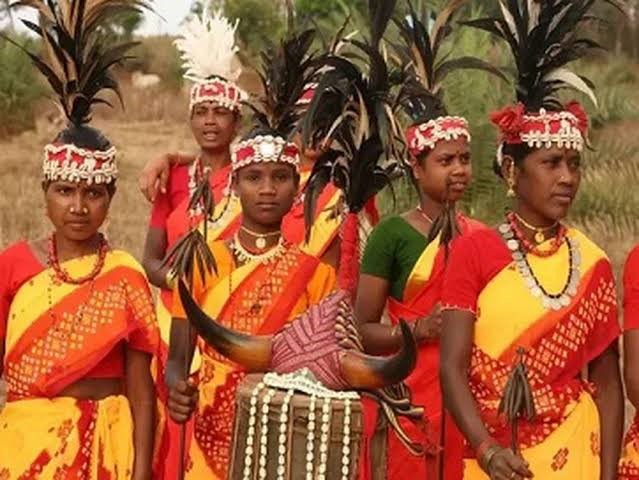
Hattee community

04.01.2024
Hattee community , Daily Current Affairs , RACE IAS : Best IAS Coaching in lucknow
|
For Prelims: About Hattee community,What is the Status of Scheduled Tribes in India?,Legal Provisions,Related Initiatives,Related Committees |
Why In the news?
Recently, the Himachal Pradesh state government has finally issued notification to give Scheduled Tribe (ST) status to the Hattee community of Trans-Giri area of Sirmaur district.
About Hattee community:
- They are a close-knit community who got their name from their tradition of selling homegrown vegetables, crops, meat and wool etc. at small markets called ‘haat’ in towns.
- Their homeland straddles the Himachal-Uttarakhand border in the basin of the Giri and Tons rivers, both tributaries of the Yamuna.
- This community’s men generally don a distinctive white headgear during ceremonies, is cut off from Sirmaur by two rivers called Giri and Tons. Tons divide it from the Jaunsar Bawar area of Uttarakhand.
- The Hattees who live in the trans-Giri area and Jaunsar Bawar in Uttarakhand were once part of the royal estate of Sirmaur until Jaunsar Bawar’s separation in 1815.
- They are governed by a traditional council called Khumbli.
- The two Hattee clans, in Trans-Giri and Jaunsar Bawar, have similar traditions, and inter-marriages are common.
What is the Status of Scheduled Tribes in India?
- As per Census-1931, Schedule tribes are termed as "backward tribes” living in the "Excluded" and "Partially Excluded" areas. The Government of India Act of 1935 called for the first time for representatives of "backward tribes" in provincial assemblies.
- The Constitution does not define the criteria for recognition of Scheduled Tribes and hence the definition contained in 1931 Census was used in the initial years after independence.
- However, Article 366(25) of the Constitution only provides process to define Scheduled Tribes: “Scheduled Tribes means such tribes or tribal communities or parts of or groups within such tribes or tribal communities as are deemed under Article 342 to be Scheduled Tribes for the purposes of this Constitution.”
- 342(1): The President may with respect to any State or Union Territory, and where it is a State, after consultation with the Governor, by a public notification, specify the tribes or tribal communities or part of or groups within tribes or tribal communities as Scheduled Tribe in relation to that State or Union Territory.
- There are over 705 tribes which have been notified. The largest number of tribal communities are found in Odisha.
- The Fifth Schedule of the Constitution lays out provision for Administration and Control of Scheduled Areas and Scheduled Tribes in states other than Assam, Meghalaya, Tripura and Mizoram.
- The Sixth Schedule deals with the administration of the tribal areas in Assam, Meghalaya, Tripura and Mizoram.
Legal Provisions:
- Protection of Civil Rights Act, 1955 against Untouchability.
- Scheduled Castes and the Scheduled Tribes (Prevention of Atrocities) Act, 1989
- Provisions of the Panchayats (Extension to the Scheduled Areas) Act, 1996
- Scheduled Tribes and Other Traditional Forest Dwellers (Recognition of Forest Rights) Act, 2006
Related Initiatives:
- TRIFED
- Digital Transformation of Tribal Schools
- Development of PVTGs
- Pradhan Mantri Van Dhan Yojana
Related Committees:
- Xaxa Committee (2013)
- Bhuria Commission (2002-2004)
- Lokur Committee (1965)
Source:The Hindu